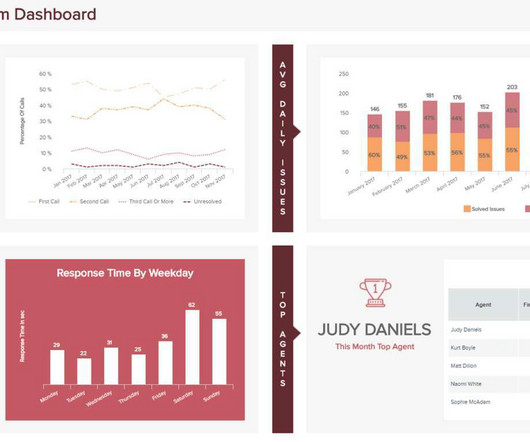Introduction To The Basic Business Intelligence Concepts
datapine
MAY 9, 2019
This concept is known as business intelligence. Business intelligence, or “BI” for short, is becoming increasingly prevalent across industries each year. But with business intelligence concepts comes a great deal of confusion, and ultimately – unnecessary industry jargon. Learn here! But more on that later.














Let's personalize your content